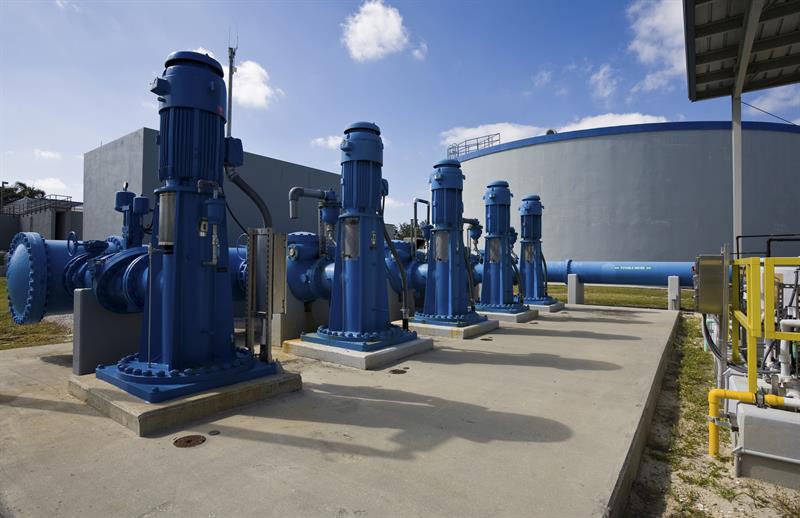Professor Ian Kinloch, and his group in the Department of Materials at the University of Manchester, are collaborating with Morgan Advanced Materials with the aim of creating a deep understanding of carbon-carbon composites.
The Royal Academy of Engineering has awarded Prof Kinloch a research chair, which will help fund the project. Using experimentation, state-of-the-art analysis and analytical models, the five-year project will pave the way to new carbon pantographs, high-temperature thermal insulation materials, and improved seals and bearings.
Carbon-carbon composites range from simple unidirectional fibre reinforced structures, to more complex three-dimensional structures. Their properties mean that they are designed to higher strength and stiffness specifications and, unlike metals, can maintain these properties at high temperatures.
For those who aren’t familiar with carbon, this element forms different structures depending on synthesis conditions. Diamond and graphite are the most familiar forms, but there are also nanotubes, ‘buckyballs’ (more commonly known as fullerenes), and most recently, graphene. These various forms are what give carbon its huge range of material properties, leading to increased versatility in use.
Funding this research allows Prof Kinloch and Morgan Advanced Materials to discover new ways in which carbon-carbon composites can benefit a large number of industrial industries.
Rolling pantographs in a new direction
One sector which could benefit greatly from improved carbon-carbon composites is rail. Commonly used within the rail sector, pantographs are the apparatus mounted on the roof of an electric train, tram or bus. With an increased demand for greener public transport due to rapidly growing populations, the electrical output needs to increase to accommodate the increased footfall and additional comforts such as air conditioning, Wi-Fi and charging ports.
Morgan already offers a variety of Carbon Current Collector Pantograph Strips for overhead pantograph applications which uniquely allows a reduction in pan head mass, therefore reducing service and maintenance costs. However, as many in the electric train, tram and bus industry will know, energy efficiency needs to be improved to reduce the overall carbon footprint. Thus, more conductive collector strips are continually in demand in transportation markets.
In order to find even better efficiency over the lifetime of the pantograph, in-depth research will be conducted on how pantographs made from carbon-carbon composites can offer better electrical conductivity. By doing so, pantograph-powered systems will be able to run with less power consumption and under a wider variety of conditions. This includes extremes in temperature, or in adverse weather conditions, which are currently constant challenges for these systems. Other conditions that can affect pantograph performance include the different types of overhead wire system being used, as well as the speed the train is travelling.
Achieving a more environmentally and sustainable composite for pantographs also has benefits on commercial savings, value and global issues. By making trains more energy efficient, cost savings could hopefully be passed on to travellers, while the overall transportation carbon footprint will be reduced.
Turning up the heat
Soft carbon felt has also long been the standard for use as thermal insulation in high temperature, vacuum furnaces and inert gas, electric furnaces. Once heated to a high temperature carbon fibre becomes a pure carbon thermal insulator, wrapping the furnace interior like a blanket. During this collaboration, Prof Kinloch and Morgan will be looking into how the carbon can be weaved to reflect the heat more efficiently.
A crucial element of this research project is looking at how to use carbon felt within the solar panel industry, testing graphene or nanotubes to enhance insulating properties. The solar cell market is expanding at a rapid rate; annual worldwide market growth rates are projected at 20% for the foreseeable future. Solar cell production relies on the production of silicon ingots produced in a high-temperature furnace; expansion of ingot production requires larger furnaces, requiring more carbon insulation.
Cost pressures on the steps of solar cell production are intensifying as solar cells become commoditised. For carbon insulation producers like Morgan, that translates into a need to develop more thermally insulating material and at lower cost.

Handling the pressure
Pumping water is a huge industry, and quite simply, cannot afford to fail. Key to keeping the industry’s pumps going are the seals and bearings.
These parts undergo huge amounts of pressure to ensure no leaks occur, while pumping water in high volumes, and are used from large-scale industrial pumps all the way through to pumps in coffee machines.
However, water-pumping is hard on mechanical systems; due to water’s lack of natural lubrication. This is where carbon materials really excel, as they are self-lubricating. The planar sheets of carbon in graphite structures can slide relative to each other, relieving stress at material interfaces like those at mechanical seal interfaces in pumps. This reduction in friction lowers the required energy to pump the water.
Not only do carbon seals and bearings reduce energy usage during the pumping process, but they are also safer and more hygienic. If carbon materials aren’t used, then invariably a secondary lubricant needs to be added into the pumping process. This brings the risk of mixing chemicals into the solution.
Research shows that 20% of industrial energy consumption is expended through pumping operations; thus, even incremental improvements in pumping efficiency would result in significant savings. Prof Kinloch’s work will focus on the fundamental mechanisms within carbon materials that dictate friction and wear at interfaces; Morgan’s strategy is to use this added understanding to create longer lasting seals and bearings.
During this research project Prof Kinloch will collaborate with Morgan Advanced Materials through its new Carbon Science Centre of Excellence at Penn State University in the USA. As a strong supporter of manufacturing and education in the UK, Prof Kinloch and Morgan are eager to find carbon-carbon composite solutions to help bring step-changes across many industries.









